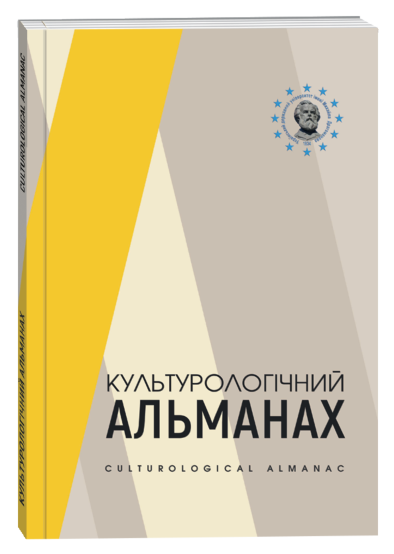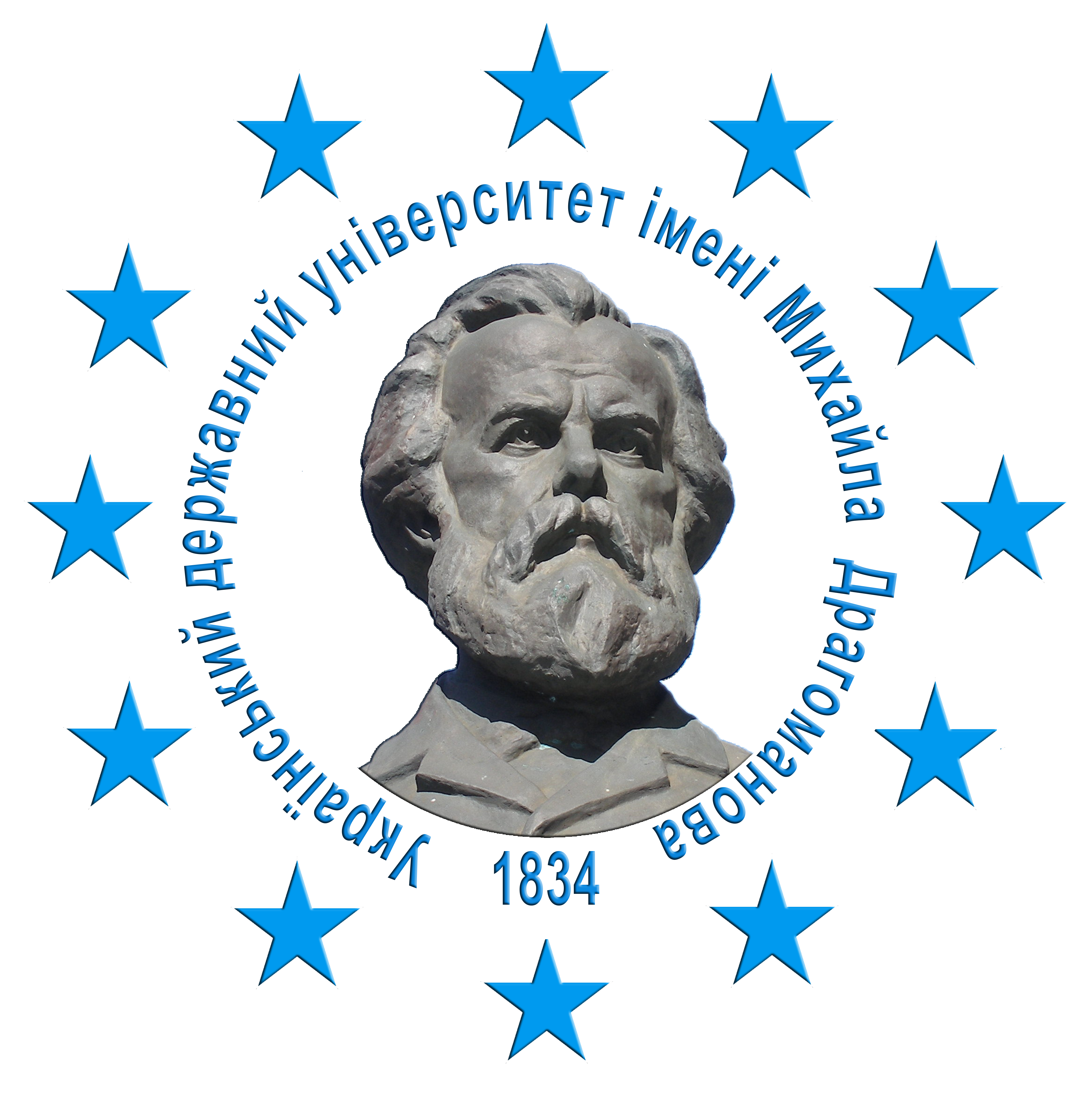ART AS A SOCIO-CULTURAL PHENOMENON: CONTENTUAL-FUNCTIONAL CHALLENGES OF TODAY
DOI:
https://doi.org/10.31392/cult.alm.2025.1.23Keywords:
art, socio-cultural research prism, system of semantic, meaning and symbolic coordinates, content invariant, criterion markers, cause-and-effect relationshipsAbstract
The consideration of art as a concrete-historical and transhistorical phenomenon through a socio-cultural research prism is obvious, natural and even trivial, since art is practically impossible outside of social and cultural contexts and influences – it always significantly reflects socio-cultural trends, symptoms worldview challenges and meaningful life alternatives.However, the outlined obviousness will be incomplete if two aspects are left outside the scope of the substantive consideration. First, the substantive invariant of art needs to be expressed, which will allow for a convincing argumentative demarcation of phenomena and processes that can be correctly labeled with the nomination "art" and phenomena and processes that do not belong to the category of art.Secondly, it is necessary to systematize and hierarchize the content-functional specificity of art, inherent in our present. This is a double problem: on the one hand, the information society significantly diversifies and diversifys the semantic and semantic palette of art; on the other hand, an attributive feature of the postmodern era is the strengthening of relativization in the form of the dispersion of semantic demarcations and the blurring of semantic hierarchies, as a result of which semantic antipodes and antagonists begin to claim the status of art, which gives this situation not only an ironic, but also an absurd subtext.It should also be taken into account that each socio-cultural environment generates its own system of semantic, semantic and symbolic coordinates, extrapolating it to all spheres of existence and to art in particular. The problematic challenge is related to the fact that these systems function in the paradigm mode – that is, not only autonomous, but also largely closed environments, whose members, so to speak, communicate in a common language, but neither do they understand (do not recognize the semantic hierarchies) of other environments, nor are their language understood by representatives of other environments.
References
Бауман, З. (2008). Глобалізація. Наслідки для людини і суспільства / Пер. з англ. І. Андрущенко, М. Винницький. К. : Видавничий дім «Києво-Могилянська академія». 109 с.
Пайн, Дж. В. ІІ. (2022). Економіка вражень: битва за час, увагу та гроші клієнта / Б. Джозеф Пайн ІІ, Джеймс Ґ. Гілмор; пер. з англ. А. Цвіри. Х. : Віват. 416 с.
Рафальський, О. О., Самчук, З. Ф. (2018). Цивілізаційні перехрестя сучасного суспільства. К. : ІПіЕНД ім. І. Ф. Кураса НАН України. 688 с.
Спірідонов, М. Ю. (2024). Демократія як соціокультурний феномен: загальне та особливе. Дис. … доктора філософії за спеціальністю «033 – Філософія». Київський національний університет будівництва і архітектури Міністерства освіти і науки України, Київ. 239 с.
Уорхол, Е. (2016). Філософія Енді Ворхола (від А до Б і навпаки). Ad Marginem. 256 с.
Ферґюсон, Н. (2020). Глобальний занепад. Як помирають інститути та економіки. К. : Наш Формат. 144 с.
Agamben, G. (2005). Profanazioni. Roma: Nottetempo. 108 р.
Baudrillard, J. (1994). Simulacra and Simulation (The Body, In Theory: Histories of Cultural Materialism). University of Michigan Press. 164 р.
Benjamin, W. (2008). The Work of Art in the Age of Its Technological Reproducibility, and Other Writings on Media.
Belknap Press: An Imprint of Harvard University Press. 448 р.
Bergson, H. (2021). L'évolution créatrice: L’Évolution créatrice est un ouvrage philosophique rédigé. Independently published. 428 р.
Flassbeck, H., Steinhardt, P. (2020). Failed Globalisation: Inequality, Money, And The Renaissance Of The State. Singapore : World Scientific. 319 р.
Florida, R. (2003). The Rise of the Creative Class: And How It's Transforming Work, Leisure, Community, and Everyday Life. Basic Books. 434 р.
Han, B.-Ch. (2022). Hyperculture: Culture and Globalisation. Polity. 106 р.
Hegel, G. W. F. (2006). The Philosophy of Art. Barnes and Noble. 128 р.
Lasch, C. (2018). The Culture of Narcissism: American Life in An Age of Diminishing Expectations. W. W. Norton & Company ; Reissue edition. 368 р.
Moss, A. (2024). The Work of Art: How Something Comes from Nothing. Penguin Press. 432 р.
Silva, M. (2022). Aesthetics and the Philosophy of Art: Arthur Danto, Hume, Kant: From Traditional Aesthetics To The Contingency Of Art. B0B6TX9G17. 25 р.
Tollefson, G. L. (2018). The Thinking Arts. Palo Flechado Press. 50 р.








